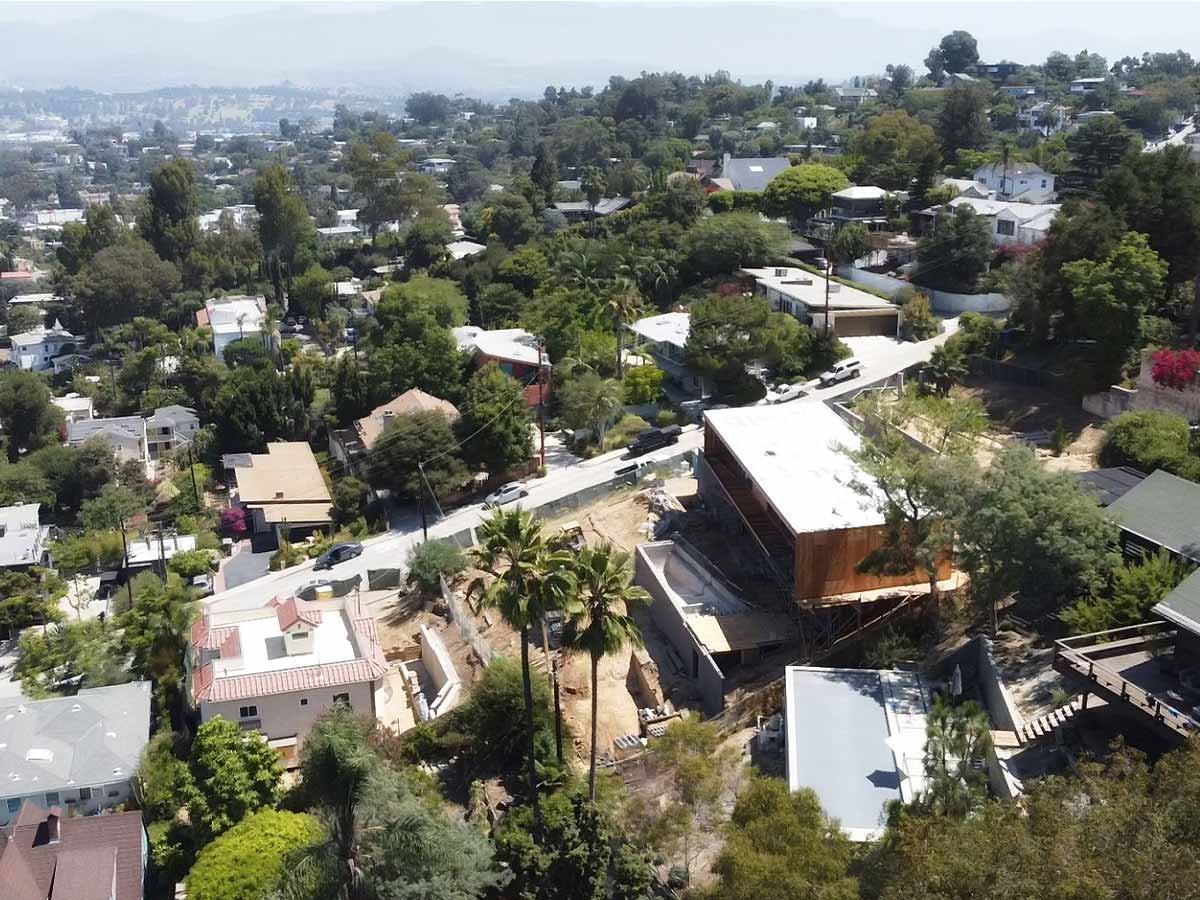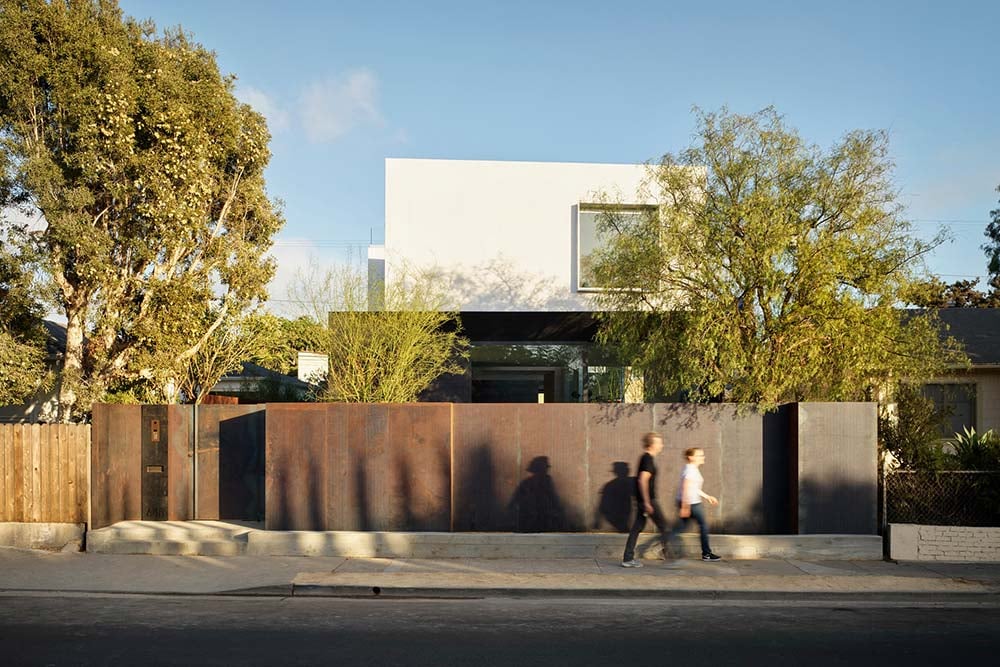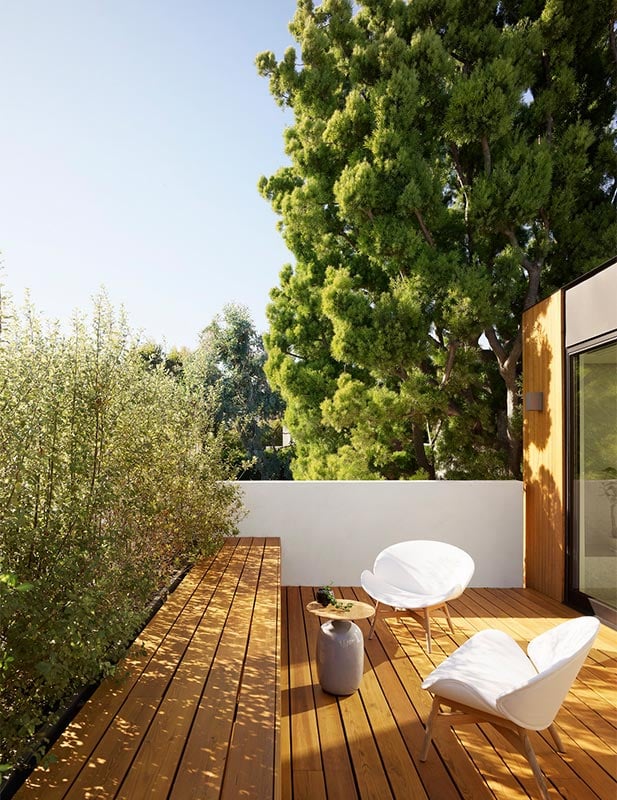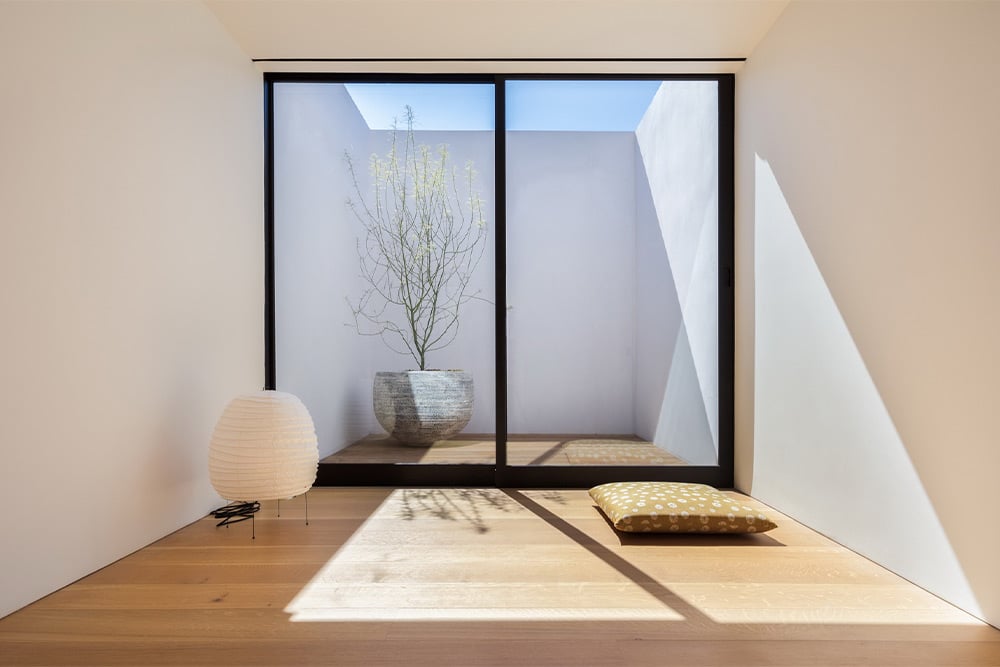
Written by Jessica Chang
Living in a city like San Francisco or Los Angeles brings countless benefits, pleasant weather, and vibrant communities among them. But as more and more families flock to these cities, housing prices have continued to rise, and for a simple reason: There just aren’t enough homes to meet the increased demand.
There are many potential solutions to these challenges. One such solution is to identify and purchase an urban infill site to build your home.
What is an urban infill site?
Urban infill, also called infill development or land recycling, refers to the process of taking a plot of land which exists in an urban area and redeveloping it with new construction. Usually, the land to be developed is an empty or underutilized lot. Infilling these parcels can not only help to alleviate housing shortages in crowded cities, but can also be an effective means of revitalizing the community in which it is located.
While the term can be applied to many types of developments—including commercial and mixed-use—it is most often used to refer to the construction of a new residential home within an existing neighborhood.

Characteristics of Urban Infill Sites
While urban infill sites are quite varied, we have found that they tend to share certain features, especially in cities such as LA and San Francisco. For example, urban infill sites are often quite narrow, as they are typically situated between existing structures. They are also very often bordered by developed lots on three sides.
These sites lend well to creating a sense of community with one’s neighbors and are often in walkable areas close to shopping centers, restaurants, and open spaces. But there are several important considerations we take when designing on urban infill sites.
Design Considerations for Urban Infill Sites
1. Establishing a Connection to Nature
While an urban site may not be able to incorporate a large, conventional yard, it’s possible to use a number of strategies like courtyards, sky gardens, light wells, and roof decks to weave greenery into the design. Landscape plays a large role in our firm’s thinking, as such, we incorporate nature into all our designs, even in our most dense urban projects.

We often work with landscape architects to further refine our landscapes and choose the plant species that will perform best in the given site. Thoughtfully blurring the boundaries between indoor and outdoor space can go far in maximizing the enjoyment you’re able to get out of your home and yard. Careful planning of the landscape in the project can create a peaceful oasis despite the proximity to other buildings.
2. Creating Privacy
Due to the density of most urban infill sites, it’s crucial to think about the different ways in which you might create a sense of privacy. This is especially true for small sites with narrow setbacks to the neighboring structures.
One strategy for creating privacy is to create a transition space between your home and the street in the form of a landscaped entry. A meandering path with intermediate walls can guard your entry from directly facing the street which creates a mental shift once you enter the project. This is especially helpful if your site is on a heavily trafficked street. Plants, fencing, and even auditory elements such as trickling water can help drown out the noisy city.
Interior courtyards or sky gardens are another strategy that help create privacy in the home. Sky gardens create a framed view of the sky but have solid walls, protecting the space from a close neighbor or an unwanted view. These spaces provide the inhabitants with access to the outdoors, while simultaneously shielding them from prying eyes.
3. Understanding Your Surroundings
To make the most out of your site, both you and your architect should have a full understanding of surrounding context. It is important to design a building that is sensitive to its neighbors in terms of material, scale, and general massing. We enjoy walking through the neighborhood with our clients to identify what they like about the community. If our clients are drawn to a particular neighborhood, we strive to work with the existing charm and character of the area.
It’s Never Too Soon To Speak With an Architect
If you’re in the process of evaluating sites, and especially if those are urban infill sites, working with an architect early in the process can bring major benefits. A skilled architect can help you to select a lot and ensure that you find the perfect site for your dream home.

Written by Jessica Chang
Jessica Chang, AIA, is a graduate of the University of Southern California and an Associate at EYRC. She has led projects in both the commercial and residential studios since joining EYRC in 2018. With her passion for design, Jessica brings an energetic perspective and critical eye to the firm. Prior to her tenure at EYRC, Jessica worked at Morphosis Architects for four years on internationally recognized projects ranging from hotels and train stations, to embassies and city-scale masterplans. Her dedication to the field extends beyond design projects as she leads the Digital Practice Committee and co-leads the Design Justice Committee at EYRC. Her determination to innovate and promote equity makes her a valuable and empathetic architect.
/eyrc%20crescent%20drive%20home%20landscape%20establishes%20tranquility.jpg?width=1000&name=eyrc%20crescent%20drive%20home%20landscape%20establishes%20tranquility.jpg)


